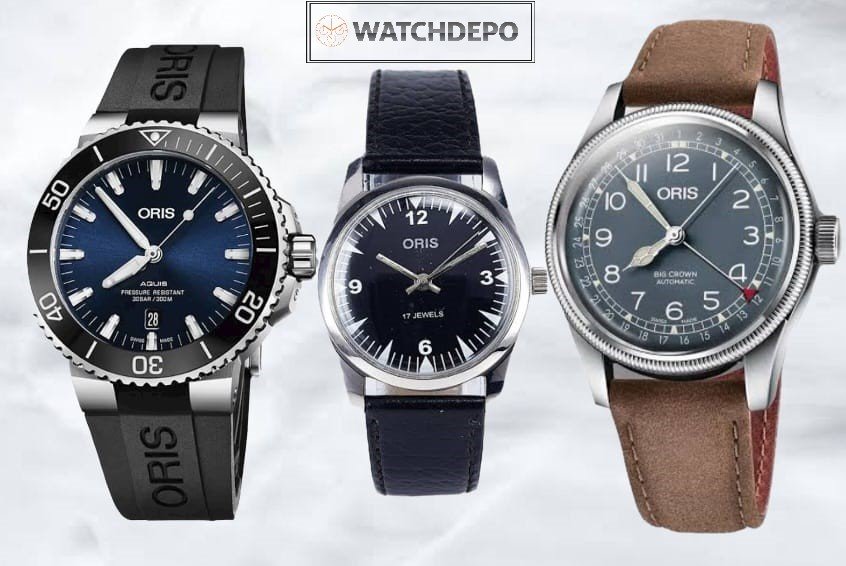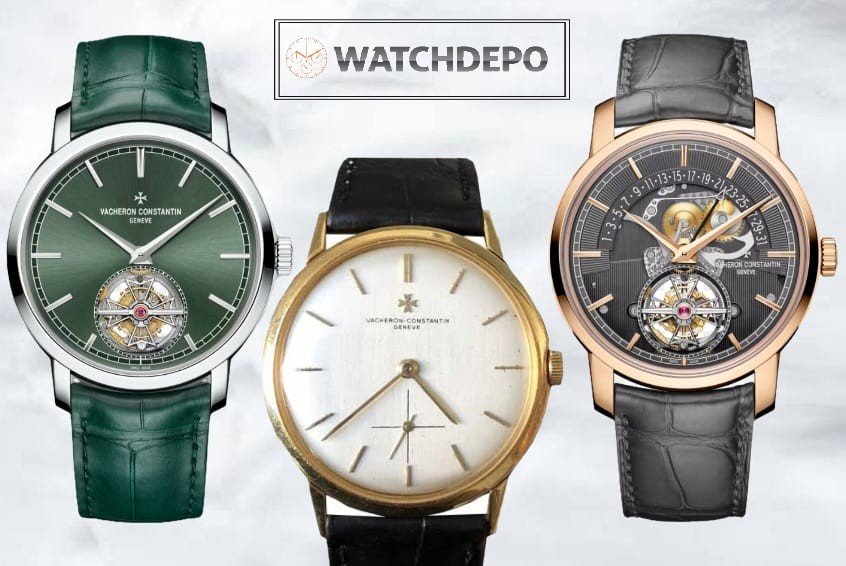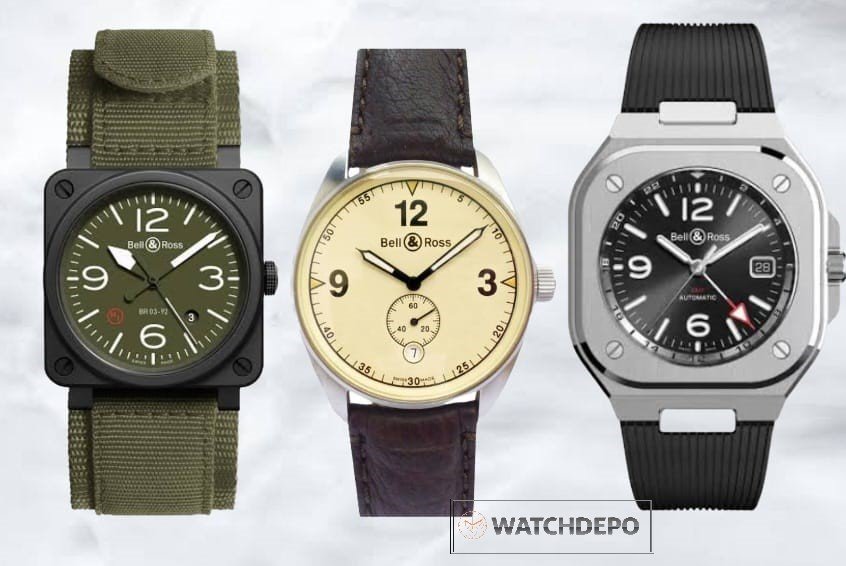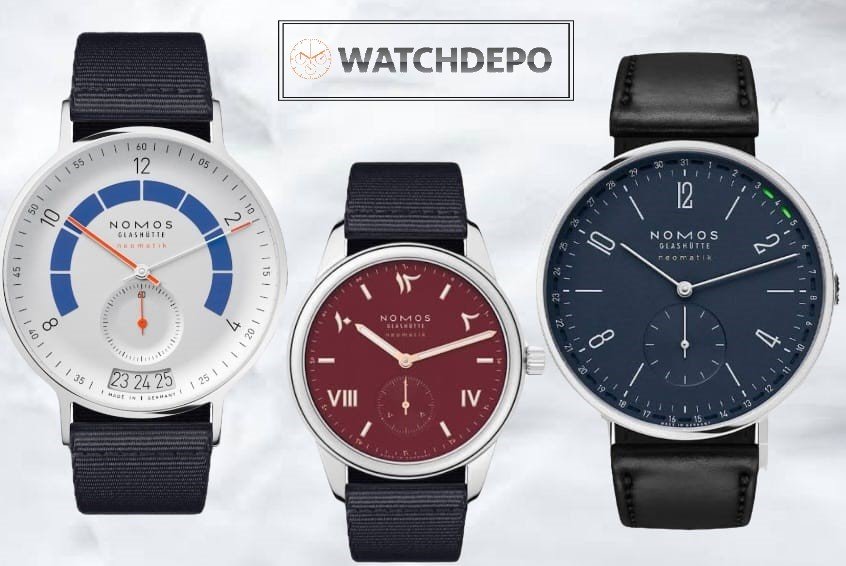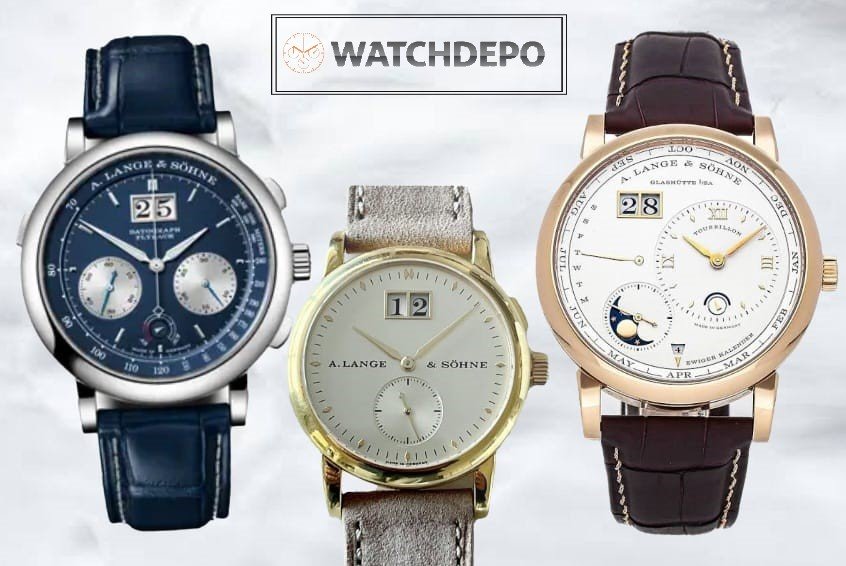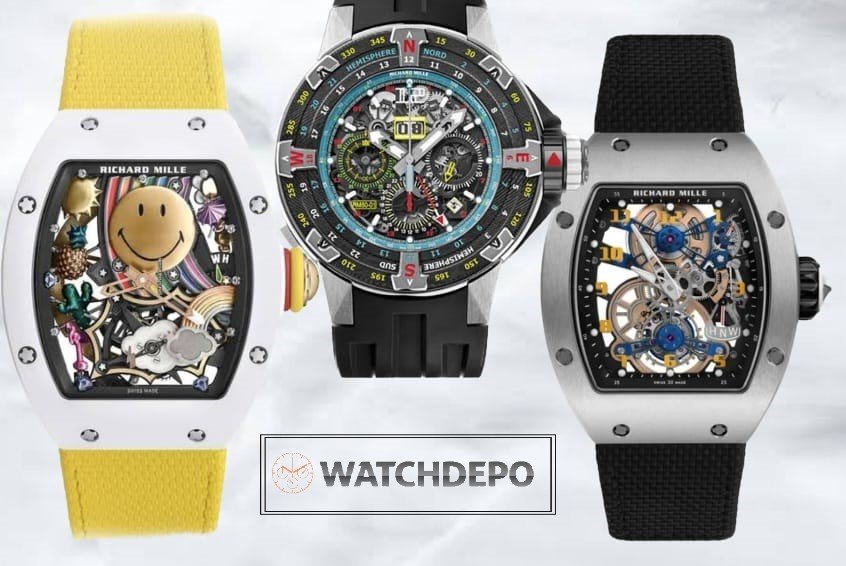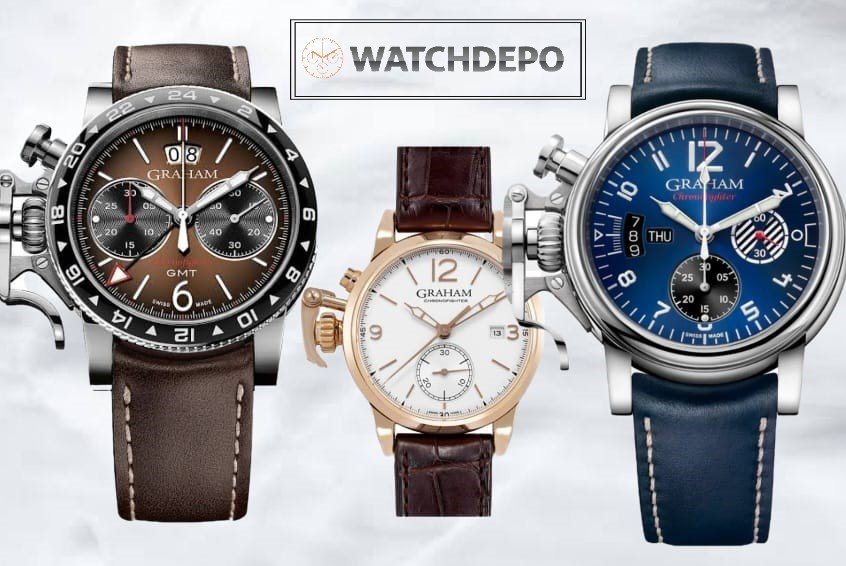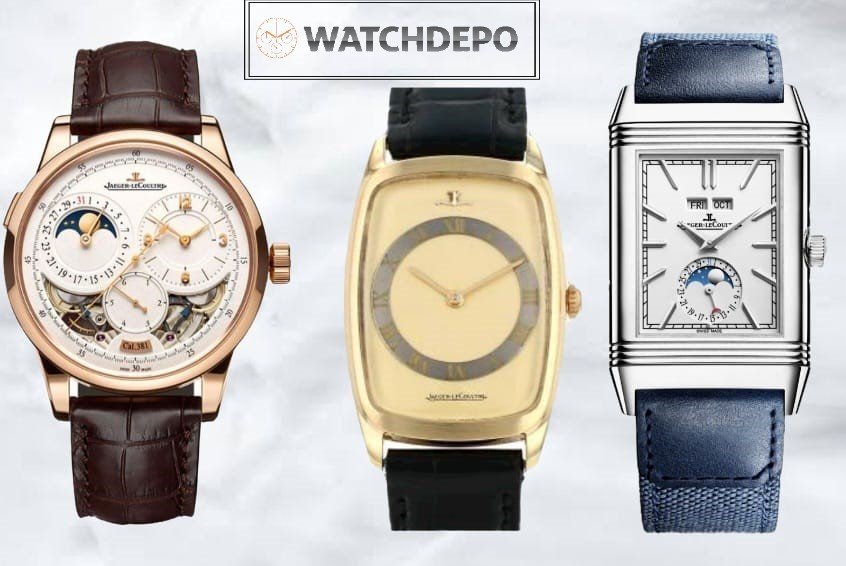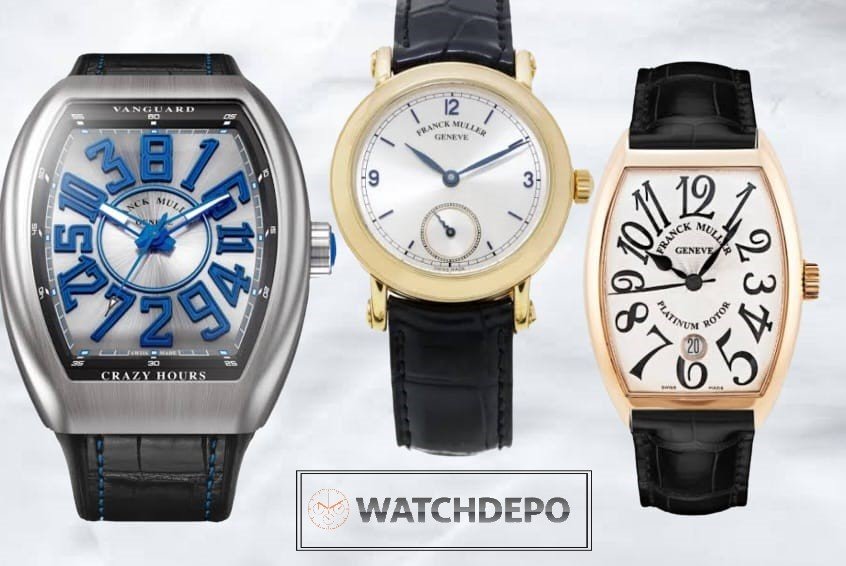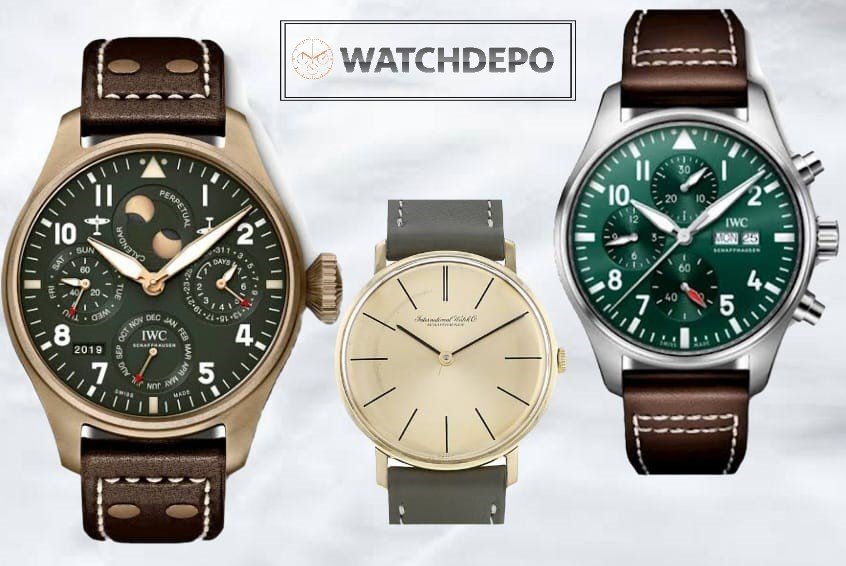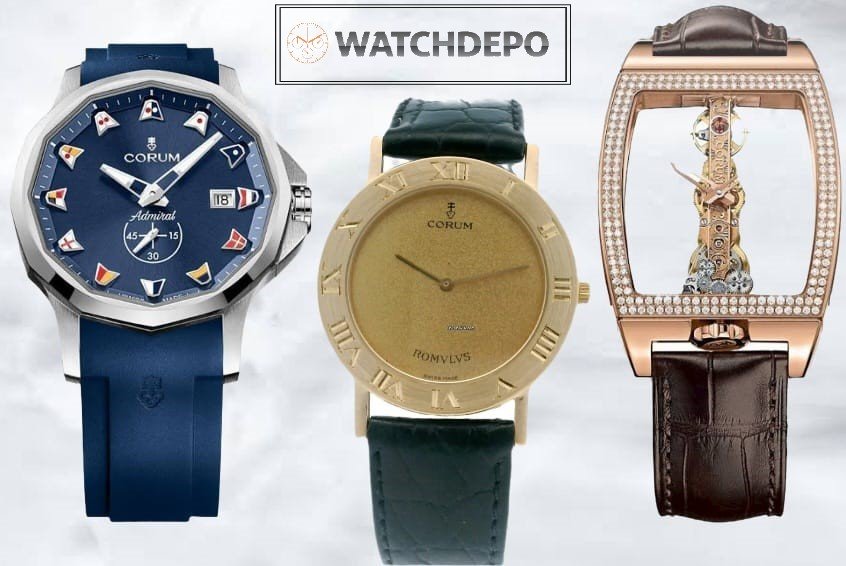Omega: a timeless icon in watchmaking history
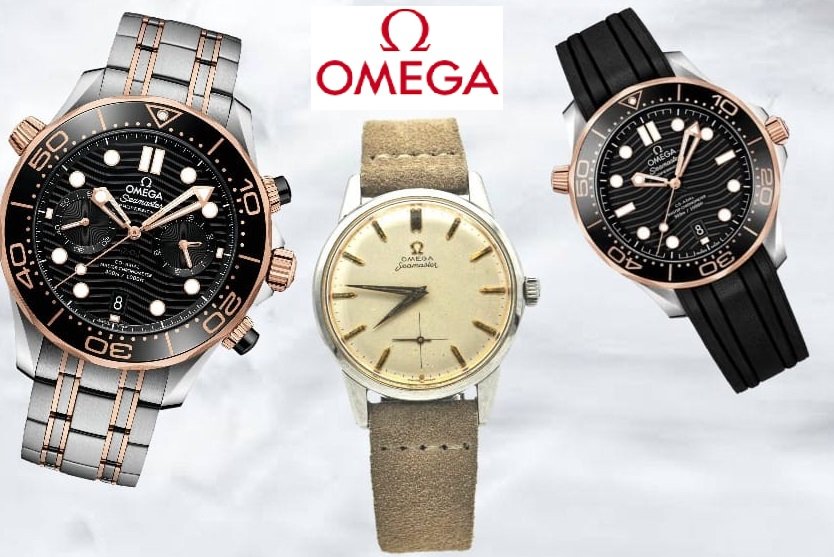
The History of Omega: A Journey Through Time
Omega, one of the world’s most prestigious and recognizable watch brands, has a storied history that spans more than 170 years. From its humble beginnings in Switzerland to becoming the official timekeeper of the Olympic Games and a trusted partner for space exploration, Omega has left an indelible mark on the world of horology.
The Origins: La Generale Watch Co. (1848)
Omega’s journey began in 1848, when a 23-year-old watchmaker named Louis Brandt established La Generale Watch Co. in La Chaux-de-Fonds, Switzerland. Brandt specialized in crafting key-wound precision pocket watches, which he sold through a network of agents across Europe.
Following Brandt’s death in 1879, his sons, Louis-Paul and César, took over the business and made a revolutionary decision: to centralize production. In 1880, they relocated to Biel/Bienne, a city renowned for watchmaking, laying the foundation for modern mass production.
———————————————
The Birth of the Omega Brand (1894)
In 1894, the Brandt brothers introduced a groundbreaking movement that defined the company’s future. Named the “Omega” caliber, it was revolutionary for its modular construction, ease of repair, and unmatched precision. This innovation was so successful that the company adopted “Omega” as its name in 1903, symbolizing the ultimate achievement in watchmaking.
The name “Omega,” the last letter of the Greek alphabet, was chosen to signify the pinnacle of perfection and accomplishment.
Omega’s Expansion and Innovations
Early 20th Century
By 1903, Omega had become the largest manufacturer of finished watches in Switzerland, producing over 240,000 watches annually.
The company gained international acclaim for its precise timekeeping, winning numerous awards at international fairs and competitions.
Military Contracts (World War I)
Omega watches were chosen by military forces worldwide, including the British Royal Flying Corps, who selected them as their official timepieces during World War I.
Official Timekeeper of the Olympics (1932)
In 1932, Omega was selected as the official timekeeper for the Olympic Games in Los Angeles, marking the beginning of its long-standing association with sports timing. This was the first time a single company was responsible for timing all events at the Games.
———————————————
The Space Race: Omega Speedmaster
One of Omega’s most iconic achievements came during the space race.
In 1965, NASA selected the Omega Speedmaster Professional, also known as the “Moonwatch,” as the official watch for its astronauts after rigorous testing.
On July 20, 1969, the Speedmaster became the first watch worn on the moon when Neil Armstrong and Buzz Aldrin made their historic Apollo 11 landing.
The Speedmaster remains synonymous with space exploration and is one of the most celebrated watches in horological history.

Luxury and Prestige: Omega’s Role in Popular Culture
Omega watches have graced the wrists of some of the most influential figures in history and popular culture:
James Bond: Since 1995’s GoldenEye, Omega has been the official watch of the fictional spy, further cementing its association with sophistication and precision.
Presidents and Celebrities: From John F. Kennedy to George Clooney, Omega has been a preferred choice for leaders and luminaries.
Modern Omega: A Commitment to Excellence
Today, Omega is a part of the Swatch Group, the world’s largest watch conglomerate. The brand continues to innovate with groundbreaking technologies, such as its Co-Axial escapement, introduced in 1999, which reduces friction and improves accuracy.
Omega also remains at the forefront of sports timing, luxury watchmaking, and environmental initiatives, solidifying its status as a leader in the industry.
Legacy and Impact
Omega’s history is one of relentless pursuit of excellence, innovation, and precision. Whether timing Olympic events, surviving the rigors of space, or adorning the wrists of cultural icons, Omega has consistently demonstrated its commitment to quality and craftsmanship.
From its beginnings in a small Swiss workshop to becoming a global symbol of luxury and performance, Omega continues to honor its heritage while embracing the future of watchmaking.

